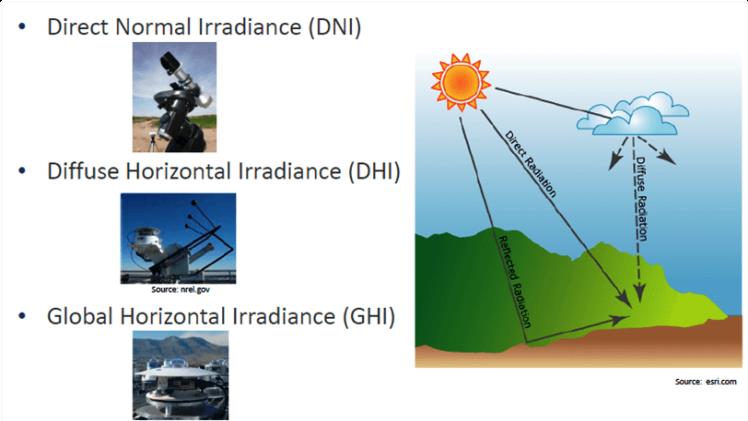Environment
Does Global horizontal irradiance solar Really Live up to the Hype?

In an era defined by the pressing need for sustainable energy solutions, Global Horizontal Irradiance solar (GHI) technology has risen to prominence with promises of clean, abundant energy generation. However, it’s essential to scrutinise whether this solar innovation truly lives up to the hype.
Harnessing the Power of the Sun:
GHI solar systems capitalise on an ingenious concept: capturing sunlight as it falls horizontally on the Earth’s surface. Unlike traditional solar panels that rely on direct sunlight, GHI systems can generate electricity even under overcast skies or during less sunny seasons. This adaptability is undeniably one of their strongest selling points.
The Pros of GHI Solar:
- Efficiency Across Climates: GHI solar panels are remarkably efficient in various climates. They’re especially well-suited for regions with unpredictable weather patterns, making them a versatile choice for a wide range of locations.
- Reduced Environmental Impact: Embracing GHI solar means embracing clean, renewable energy. By reducing greenhouse gas emissions and mitigating air pollution, GHI technology contributes to a healthier planet.
- Energy Independence: GHI solar installations can operate both on and off the grid. This flexibility ensures a stable power supply, even during grid failures, making them a reliable source of energy.
- Space Efficiency: GHI solar installations typically require less space compared to some other solar technologies, making them suitable for areas with limited available land or rooftop space.
The Cons of GHI Solar:
- Intermittent Energy Production: While GHI solar systems perform well under various conditions, they are still reliant on sunlight. Nights and adverse weather can disrupt energy production, necessitating the use of energy storage solutions.
- Initial Costs: The upfront costs of GHI solar installations can be substantial. This includes the purchase of solar panels, inverters, and installation expenses. Although prices have been decreasing, this initial investment remains a barrier for some.
- Land Use Conflicts: Ground-mounted GHI solar installations require land. Balancing the need for renewable energy with land conservation can lead to conflicts in densely populated areas or regions with limited available space.
- Aesthetic Concerns: The appearance of GHI solar installations can be a point of contention for some communities, particularly in scenic or rural areas. Finding a balance between visual impact and the benefits of renewable energy is an ongoing challenge.

